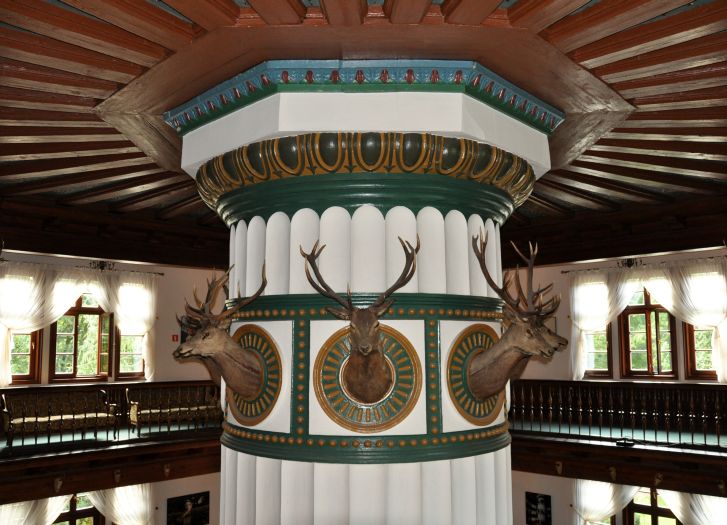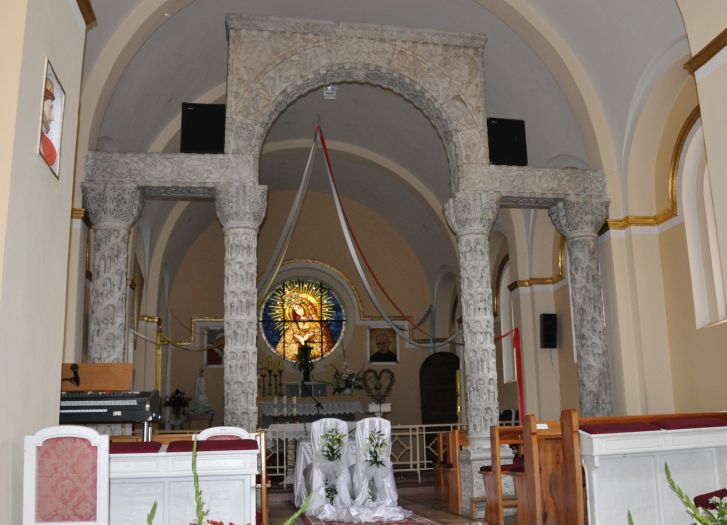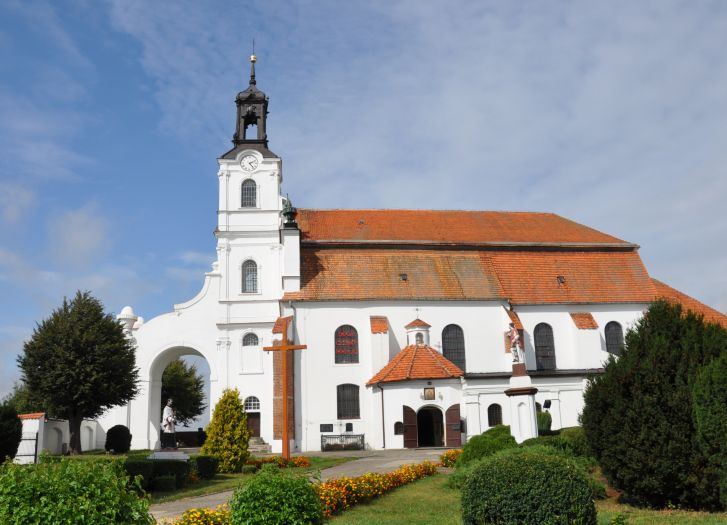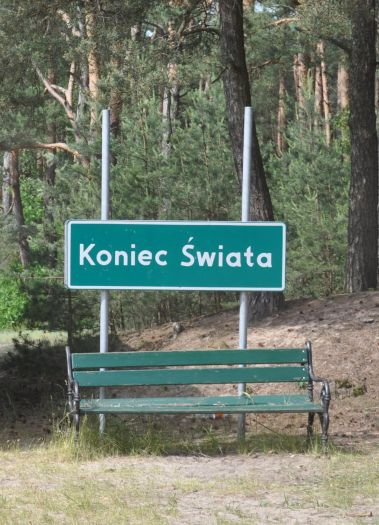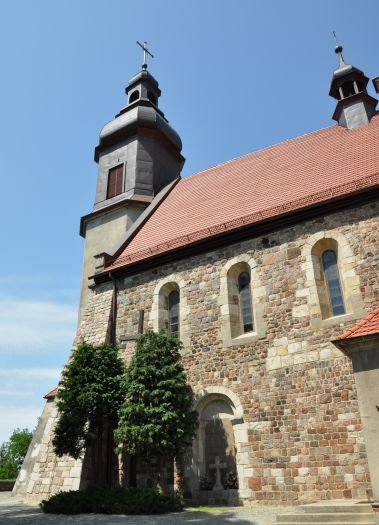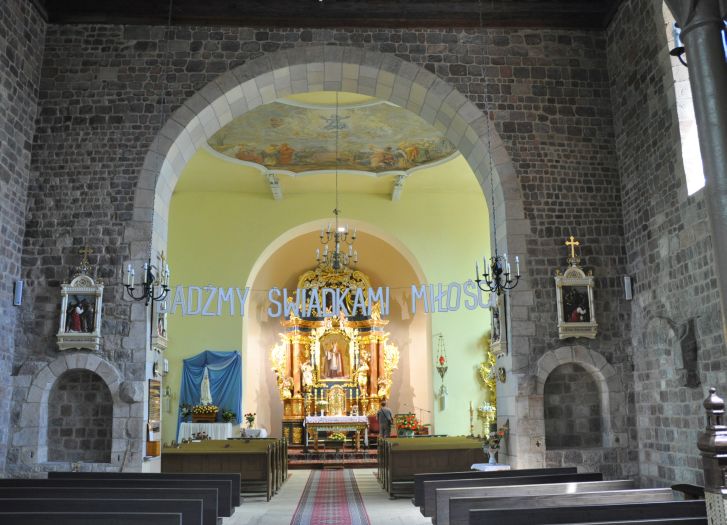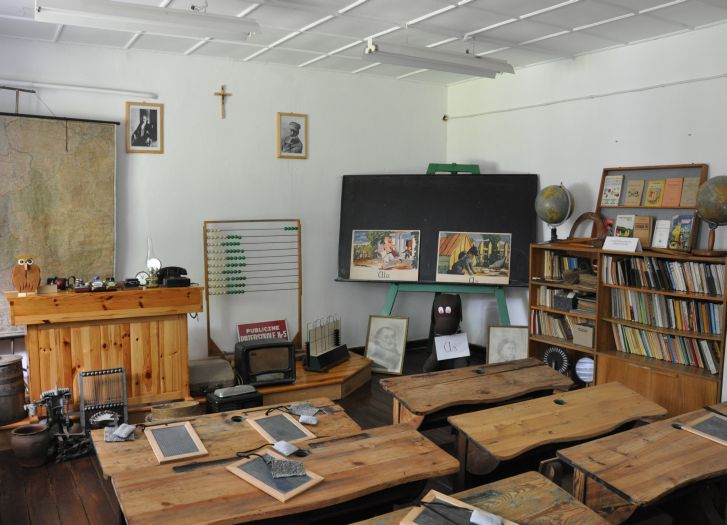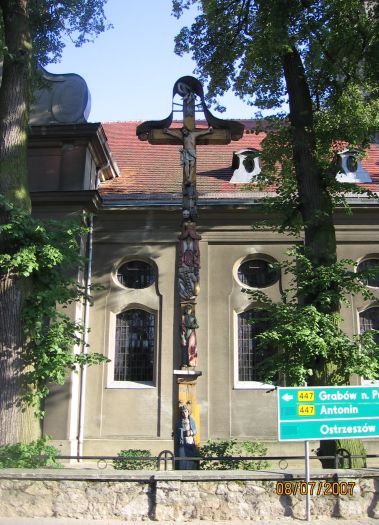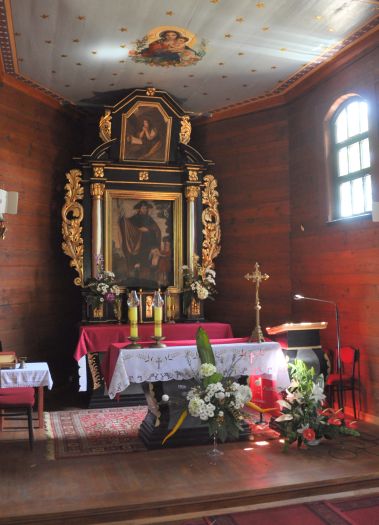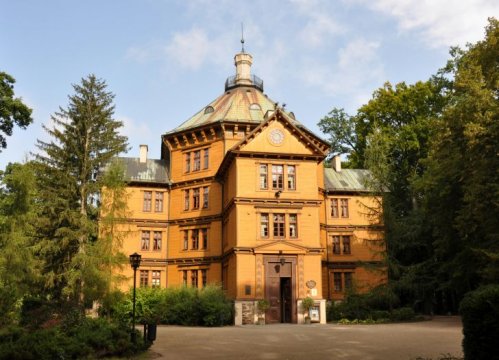
Antonin – Mikstat – Kotłów – Ołobok: A journey to the Edge of the World
Some attractions of the Kalisz land are set along this itinerary: starting from the Radziwiłł palace in Antonin, unique regional customs in Mikstat, the works by the outstanding folk sculptor Paweł Bryliński, through to the ‘Edge of the World’ and a former Cistercian church in Ołobok.
In the course of our day-long excursion, we will meet only some of the attractions actually offered by the Kalisz region. At almost every single step will we get in touch with the local abundant folk culture and wooden buildings.
The route: Antonin – Mikstat – Kotłów – Grabów-nad-Prosną – Kuźnica-Grabowska – Koniec-Świata – Ołobok.
Distance: ca. 80 km
We start our visit from Wielkopolska’s only wooden hunting palace, in Antonin. To make a good start, you can use the café situated in the charming palace interior. Not far from the entrance to the palace site is the Wydymacz natural reserve, reachable as you go along the marked hiking route. A chapel being the Raczyński family mausoleum is to be met on the opposite side of the road.
From Antonin, we go to Mikstat where we can take a close look at a wooden cross made by Paweł Bryliński, next to the Holy Trinity church. On the hill above the town, a small wooden St.Roch church located in the cemetery area is worth our attention. The place is worth visiting during the fete of August 15/16, to witness the farm animals consecration ceremony.
We then stop in Kotłów to see a Romanesque church of the Nativity of Our Lady, located on a hill from which a wonderful view extends to the other surrounding hills.
Those who did take interest in the Bryliński cross when in Mikstat can take the offer to stop for a while at Grabów-nad-Prosną (Grabów-upon-Prosna) to see another work by this artist, this time, by the local former Franciscan church.
The route further leads us to Kuźnica-Grabowska. There, we will visit a small Muzeum Oświaty im. ‘Prof. Marian Falski’ Museum of Education, named after the author of post-war Poland’s most popular school-use primer, using which many a generation of Poles was taught their basic reading skills. The Museum is housed in a manor that used to belong to the Oxners, Professor Falski’s parents-in-law. For many adult tourists, this would be a sentimental journey into their childhood country.
A mere few kilometres away, a small settlement is situated on the edge of the forest, bearing the graceful name of Koniec-Świata – the ‘Edge of the World’. Many people reach this place to take a commemorative picture on a bench by the board with the locality’s name.
The last stage of this route is the extremely charming former Cistercian St. John the Evangelist’s church in Ołobok. Wooden architecture lovers will find there one more item – a 16th-century cemetery chapel.



